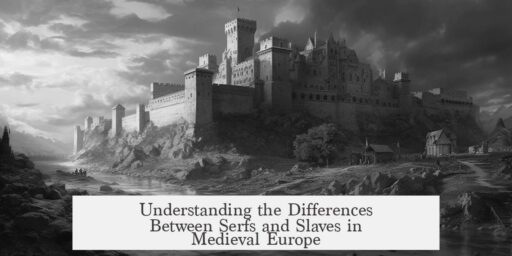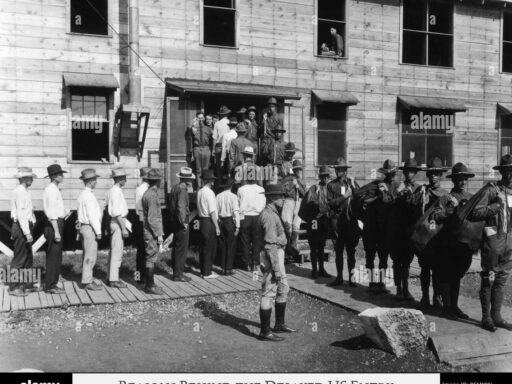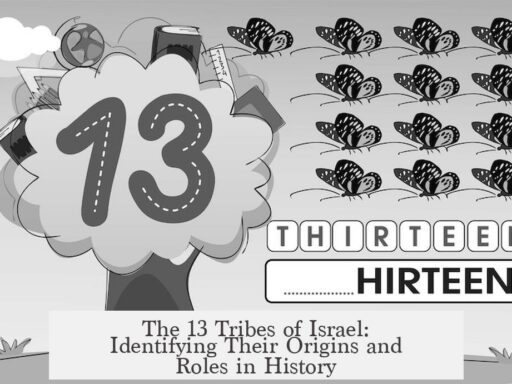A serf and a slave in Medieval Europe differ fundamentally in legal status, rights, and obligations. Serfdom is not simply slavery with additional steps; it represents a distinct social and economic arrangement.
Slaves were considered the personal property of their owners. Their owners could buy, sell, or trade them without restrictions. Slaves had no legal rights and were subject to total control by their owners. Their existence centered entirely on ownership and exploitation.
Serfs, in contrast, were tied to the land, not owned as property. Lords controlled the land, and when land changed hands, serfs typically remained with the land automatically. Serfs could not be sold separately from the land, reflecting their legal status as non-transferable inhabitants rather than commodities.
Serfdom functioned like a contract between the serf and the lord. In return for cultivating the lord’s land and providing services, the lord guaranteed protection and access to land for living and farming. Serfs had limited freedoms; they could not leave or sell land without permission but did earn rights and some compensation.
Serfs worked several days for the lord but kept some days to cultivate their own plots or practice crafts. This partial economic autonomy distinguished them from slaves, who had no personal property or income.
The origins of serfdom often trace to debt. A man unable to repay debts would enter a feudal contract, exchanging labor and service for debt repayment and protection. This status was hereditary, meaning the children of serfs would also serve the lord, maintaining the obligation over generations.
The Black Plague shifted these dynamics. As many serfs died, their reduced numbers increased bargaining power for survivors. They demanded better wages and conditions and sometimes left manors for urban jobs. This evolution further separated serfdom from slavery.
- Slaves are property; serfs are tied to land with some rights.
- Serfdom involves a contract exchanging labor for protection.
- Serfs have limited freedom and can work plots for personal gain.
- Serf status often arises from debt, hereditary over generations.
- The Black Plague empowered serfs to improve conditions and mobility.
I Don’t Understand How a Serf and a Slave in Medieval Europe Were Different? Was Serfdom Just Slavery with Extra Steps?
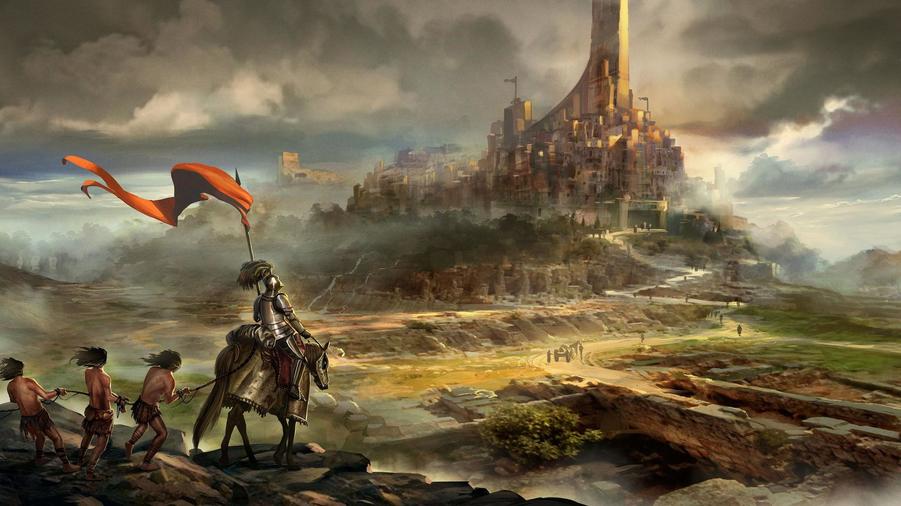
In short, serfdom was NOT just slavery with extra steps. Despite some similarities, serfs and slaves occupied very different worlds in Medieval Europe. Let’s unravel this tangled medieval knot to see what really separates the two.
The Ownership Question: People or Property?
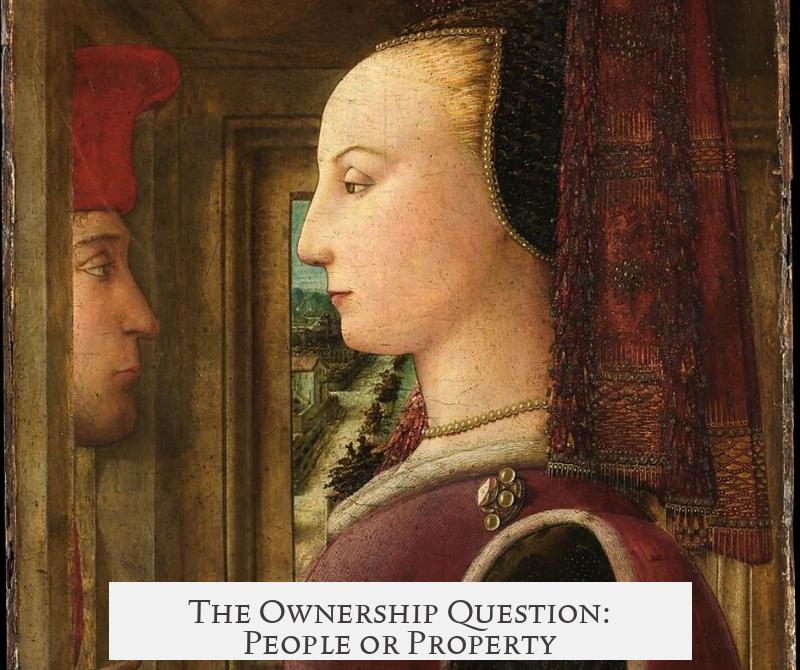
Imagine a medieval lord’s estate. The difference between a serf and a slave starts with ownership. Slaves, bluntly put, were the owner’s property. They could be bought, sold, moved around like chess pieces. No ifs, no buts.
Serfs? Not quite. A serf lived on the lord’s land, but the lord couldn’t sell the serf like a bag of grain. If the lord decided to sell his land to someone else, the serfs simply stayed put, now working under the new lord. The serfs were tied to the land, not to the person. This is a key difference and shifts the dynamic dramatically.
Serfdom: A Contract of Give-and-Take
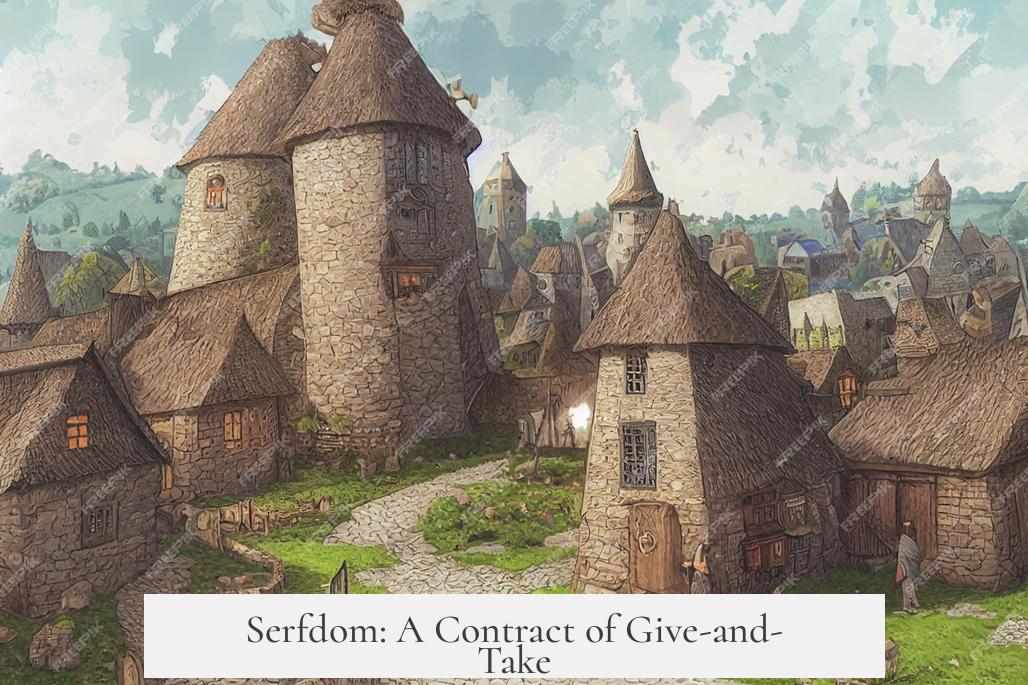
Serfdom wasn’t slavery; it was more like a contract — a deal, if you will. Here’s the scoop:
- Serfs worked the land belonging to the lord.
- In return, they got protection and a plot to live on.
- They weren’t free to just pack their bags and leave; permission was a must.
- They could not sell or transfer the land they worked.
But hold on, here’s the twist. Unlike slaves, serfs had rights: they could keep some produce, had some days off to work their own plots, and even got paid occasionally. They weren’t mindless tools; they were partners in this medieval survival dance.
Debt and Feudal Contracts: How Serfdom Began
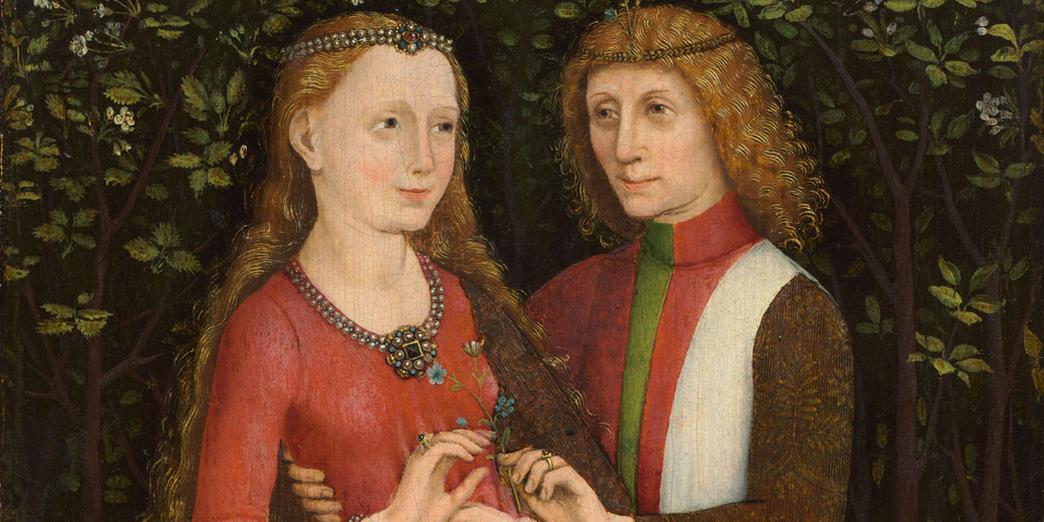
Serfdom often started with debt. Imagine you’re a peasant drowning in debts, desperate for help. You approach a lord. The lord offers protection and agrees to pay off your debt slowly. In exchange, you work their land for an agreed time. Your children? They continue the contract — a cycle that spanned generations, binding families to the land and their lords.
So unlike slavery, serfdom was a system of mutual obligations rooted in feudalism. It wasn’t about owning human beings but about managing labor and loyalty within a social structure.
What About Freedom? Can Serfs Leave?
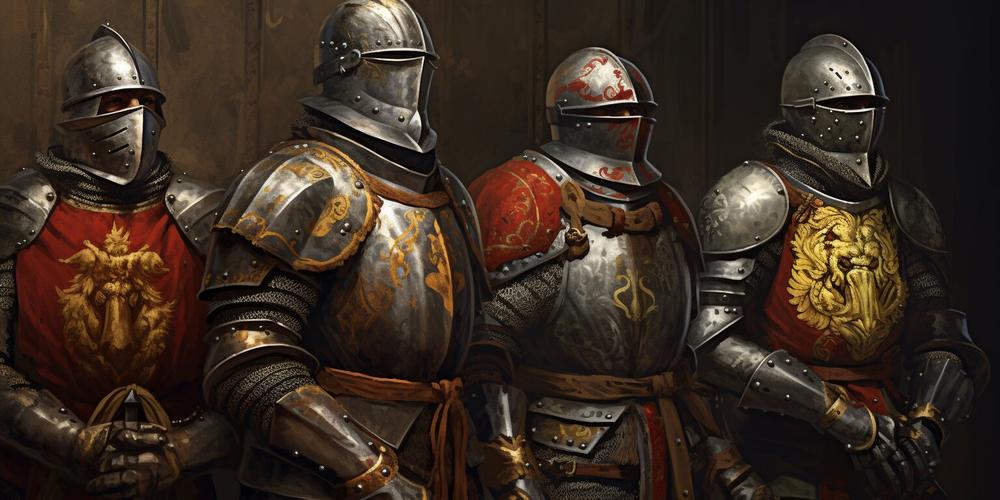
Short answer: No, not without permission. Serfs couldn’t just up and leave their lord’s land. But—and this is big—they had a modicum of personal freedom compared to slaves. They could make small decisions, work their own lands, and even save or earn money. Slaves, by contrast, had virtually no personal rights or economic say. They were at the mercy of their owners.
The Black Plague: Serfs Break Free?
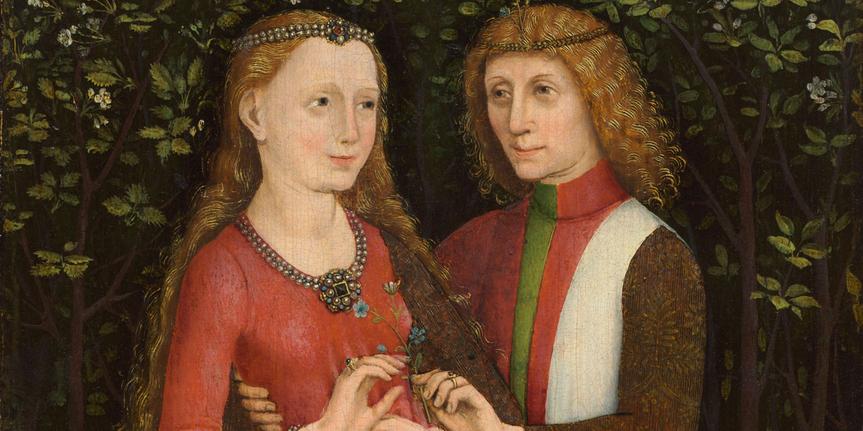
The Black Plague didn’t just wreak havoc on health; it shook the very foundations of serfdom. Most serfs died, drastically reducing the workforce. Suddenly, the remaining serfs found themselves in a stronger bargaining position. They demanded higher wages and more free time.
This shift prompted many serfs to learn trades and move to cities, chasing better-paying jobs and newfound freedoms. For lords, this was a massive problem; their labor force was shrinking, and their control waning. This moment was a crack in the feudal system, not available to slaves who were often considered chattel and had no such leverage.
Is Serfdom Just Slavery with Extra Steps?
Simply put, no. Serfdom and slavery shared some surface similarities—restricted freedom and compulsory labor—yet they fundamentally differed in rights, ownership, and social context.
| Aspect | Slavery | Serfdom |
|---|---|---|
| Ownership | Person = property; can be bought and sold | Person tied to land, not sold; follows land if sold |
| Freedom | None; complete control by owner | Limited; cannot leave without permission, has some personal rights |
| Origin | Captured, born into slavery, or traded | Often debt or feudal contract |
| Compensation | None; labor for owner only | Some compensation; allowed days for personal work |
| Legal Status | Property | Subjects with certain rights |
What Does This Mean for Us Trying to Understand Medieval Life?
Knowing these nuances helps us avoid oversimplifying history. Serfs weren’t slaves, but they weren’t free folk either. Their lives were woven into a system of obligations, rights, debts, and protections unique to feudal Europe. It’s a reminder that history isn’t just black or white; it’s a complex palette of human experience.
Takeaway for the Curious Mind
If you’re picturing a serf as a “slave with steps,” think again. Serfdom is a blend of constraint and negotiated rights. It’s a social contract born of necessity, debt, and survival. It gave serfs a place and protection but also tied them down. Slavery? Pure ownership and exploitation with no rights or protections.
So next time the question pops up—”Were serfs just slaves with extra steps?”—you can confidently say, “Nope, they had a very different story.”
Fancy digging deeper? Think about how these systems shaped modern ideas of labor, rights, and freedom. It’s all connected in the long, strange journey of human society.
